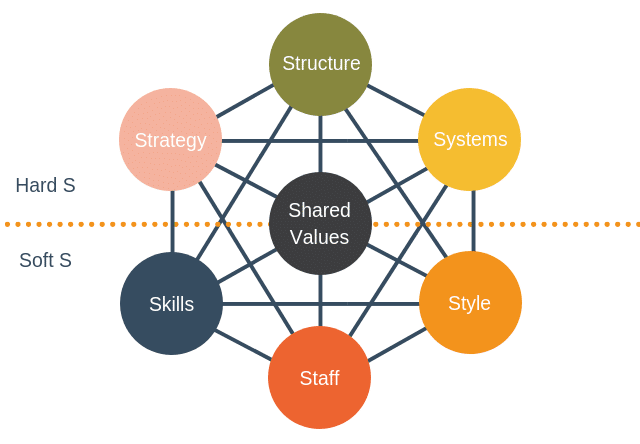Understanding the principles of effective collaboration with other organizations is important in an organization as the current stakeholders have an active interest, the interests could be financial, environmental or charitably within the organizations. Within an organization, building relationships with stakeholders can prove to help your business by using their expertise’s and knowledge. There can be both moral and business reasons to collaborate with stakeholders. By working with stakeholders that have current interests allows you to have a common ground and want the best outcomes for your organization, it allows you to create outcomes together, improve current systems and work on these together to create a better functioning organization.… Read the rest
Strategic Management
Strategic management is the art and science of formulating, implementing and evaluating cross-functional decisions that will enable an organization to achieve its objectives. It involves the systematic identification of specifying the firm’s objectives, nurturing policies and strategies to achieve these objectives, and acquiring and making available these resources to implement the policies and strategies to achieve the firm’s objectives. Strategic management, therefore, integrates the activities of the various functional sectors of a business, such as marketing, sales, production etc. , to achieve organizational goals. It is generally the highest level of managerial activity, usually initiate by the board of directors and executed by the firm’s Chief Executive Officer (CEO) and executive team.
Core Competencies – Competitive Base for Organizational Success
Competence is considered as the most important attribute without which a business cannot enter or survive in an industry. Competences develop from resources and skills, technology and know-how all together makes up competences. For example in the pharma industry in order to survive or operate successfully a very specific understanding of the special equipment’s needed to manufacture medicines and how a medicine works on the human body is important. That is every player in the industry needs to possess each of these competences in order for it to survive long term. Core Competences are the skills and abilities by which resources are deployed through an organisations activities and processes such as to achieve competitive advantage in ways that others cannot imitate or obtain. … Read the rest
Stakeholder Expectations and Corporate Social Responsibility (CSR)
Stakeholders can be primary or secondary. Primary stakeholder groups comprise of employees, customers, investors, suppliers, government, and community with whom the corporation may have a formal, official or anybody who has claimed on the firm’s even though it is not significant. They consist of both internal and external stakeholder groups. Internal stakeholders comprise of employees and investors which are shareholder or bondholder, external stakeholders are the customers, communities, suppliers, government, and the environment which claimed on the firm’s if any damage occurs. Secondary stakeholders are media and special interest groups towards a firm where they didn’t have any contact with the firm, they just act like a spectators.… Read the rest
McKinsey’s 7S Model – A Great Strategic Management Tool
The McKinsey’s 7S Model was created by the consulting company McKinsey and Company in the early 1980s and subsequently has become the de facto standard used by practitioners and academics alike in analysing the performance of an organization. The McKinsey’s 7S model is a value based management (VBM) model that describes how one can holistically and effectively organize a company and together, these factors determine the way a company operates. There are seven variables in the model which include structure, strategy, systems, skills, style, staff and shared values. All beginning with ‘s’, justifying why it was termed as the 7S model. … Read the rest
Organizational Reflection
A successful organization can be described as thinking and seeing organization. Such organizations are characterized by high levels of information flow and awareness among all its members. The availability of information improves the awareness and understanding of organizational weaknesses, strengths, threats and opportunities. The organization members are also able to understand the history and strategic future plans for their organization as well as full awareness of the resources within the organization and the changing competitor environment. On the other hand, a thinking organization is an understanding organization that has a well stipulated vision, mission, objectives and the business environment that are well understood by all the stakeholders.… Read the rest
The Rational and Dynamic Approaches to Strategic Management
Strategic management is a not a new concept. It has been defined as a management system which links strategic planning and decision making with the day-to-day business of operational management. Strategic management is not a simple, step by step process, but a complex and iterative process which needs hard work and dedication from many people in an organization to implement it toward the objective. It is the process for the leading members of an organization to forecast its future and develop the necessary procedures and operations to achieve its future. Strategic management is usually found in high levels of management to help organization gather, analyze and organize useful information to keep up with industry and competitive trends.… Read the rest
